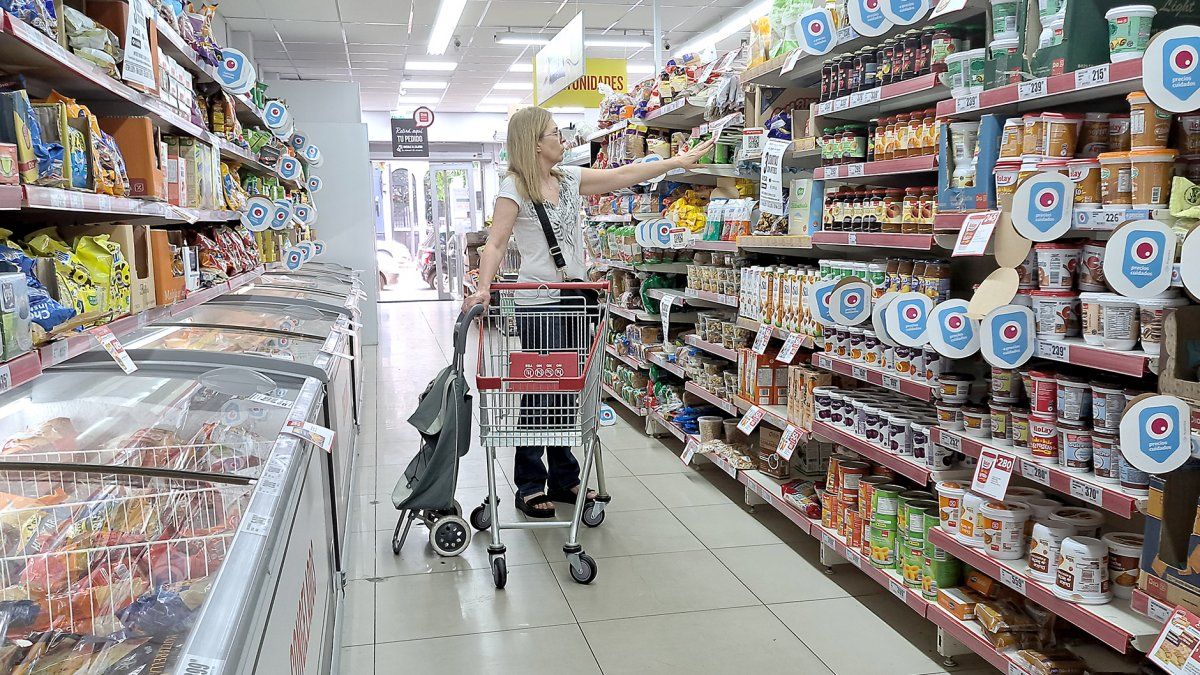“In the fourth week of November the index closed with a weekly 1% price increaseaccelerating 0.3 pp compared to the previous week. Average monthly inflation slowed for the sixth consecutive week, reaching 4%, the lowest value in forty-three weeks (end of January).”, they pointed out from the firm.
“This week the percentage of products with price increases decreased again, standing at 17%. The average of the four weeks stands at 24%, which means that all the products in the basket would have at least one price increase in just over a month,” they added.
As it appears from the study, so far in November, fruits lead the rises, with a rise of 12.5%. follows him “sugar, honey, sweets and cocoa” and “ready-to-go meals”, with 6.9%. “Dairy products and eggs” rose 6.3%. Meats, meanwhile, climbed 1.4% and vegetables, 0.1%.
When analyzing the factors that can influence this scenario, Damián Di Pace, director of Focus Market, pointed out that “There are three reasons that influence this slowdown in food prices”.
“An important reason is that in October they increased a lot: the basic food basket increased 9.3%, for which many suspected that it was an advance in prices given the possibility of a future freeze,” Di Pace told Ámbito, adding: “On the other hand, there is a situation in which mass consumption is falling: it falls in large stores and in small formats. Food consumption fell 6.5% in October, so there is not much more room to increase either.”
“And the third fundamental reason, clearly, has to do with the fact that Fair PricesSomehow, they stabilized those foods that had been rising a lot in some outlets,” added Di Pace.
In any case, this “truce” in the price of food would be temporary. “In December there are many product categories, especially those linked to the Holidays, which are going to accelerate. Without a doubt. In some points of sale, which are the large commercial areas that are within the price agreements, there you will be able to find cheaper prices. But in the rest of the businesses, prices will accelerate,” Di Pace remarked.
What to expect for 2023
although in october food was slightly below the general level of inflation (they rose 6.2%, compared to a CPI that climbed 6.3%), so far this year the trend is different: in the first ten months of the year, food rose 80%, while the increase in the CPI was 76.6%.
In this scenario, from the Ecolatina consultancy they analyzed days ago how inflation impacted the income of Argentines. “The lower-income sectors were relatively more hit as a result of the dynamics adopted by the price accelerationand they were also the ones with the worst performance regarding the evolution of their salaries”, they remarked from the firm.
Meanwhile, with a view to 2023 and when projecting what can happen with food prices, from Ecolatina they highlighted: “Product of the drought and a price of beef that could begin to reverse its lag in the first months of next year, The risks for lower income households regarding an increase in food above the average remain latent”.
“Although this trend could be partially moderated by the implementation of the ‘Fair Prices’ program -with greater incidence in mass consumption, and especially in processed foods-, We hope that the social demands for income that the labor market cannot solve will continue and that the ‘additional worker’ effect persists in the face of inflation that will continue at high levels”, they concluded.
Source: Ambito
David William is a talented author who has made a name for himself in the world of writing. He is a professional author who writes on a wide range of topics, from general interest to opinion news. David is currently working as a writer at 24 hours worlds where he brings his unique perspective and in-depth research to his articles, making them both informative and engaging.




